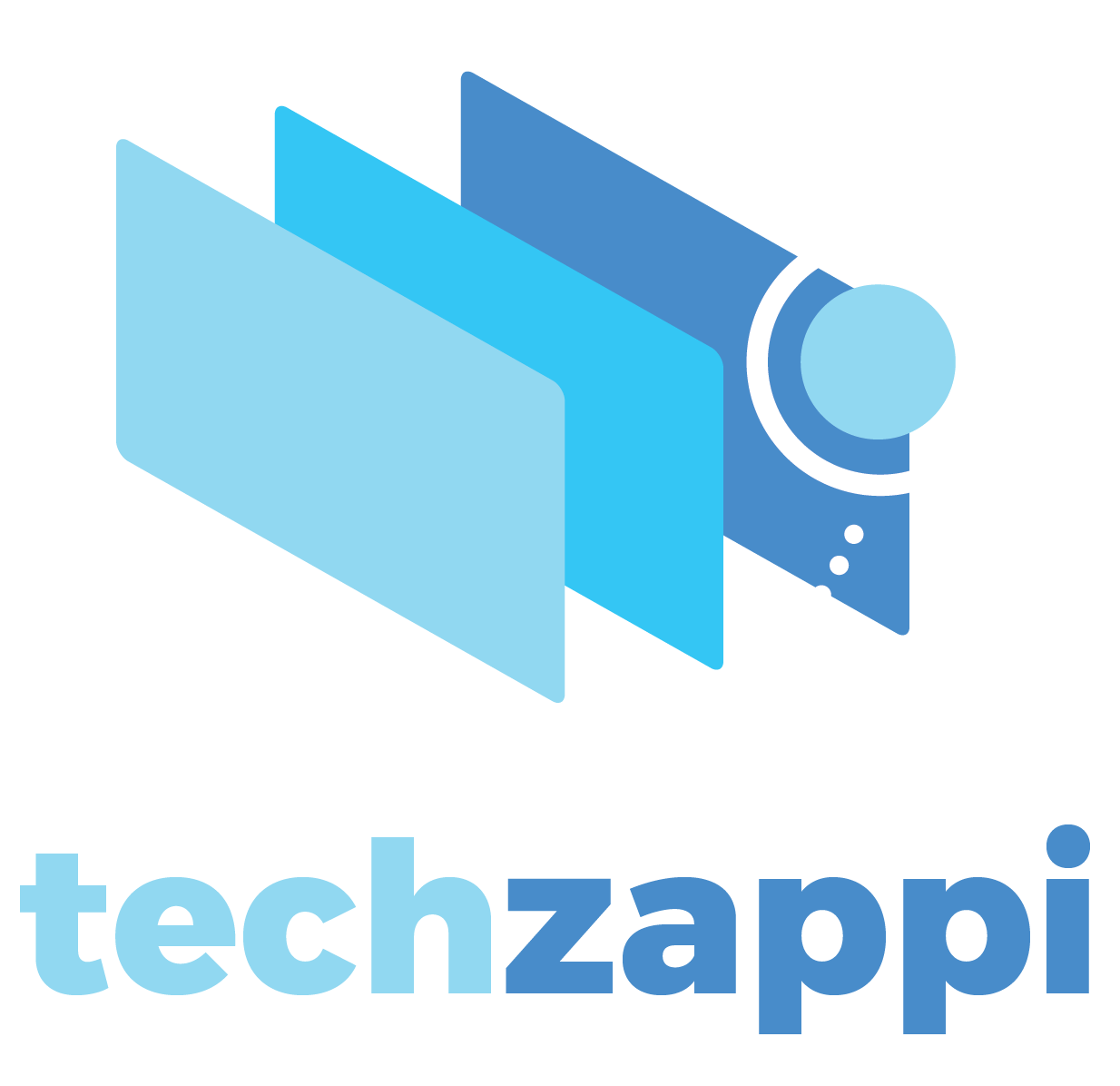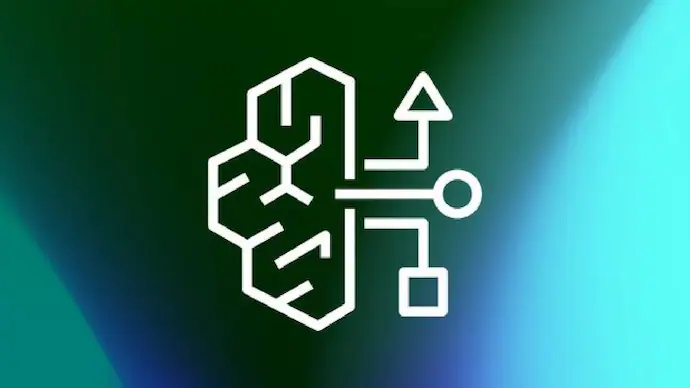Amazon has introduced a new addition to its lineup of artificial intelligence models — Nova Premier, which the company touts as its most powerful AI model yet. This latest release is now accessible through Amazon Bedrock, the tech giant’s platform for building and deploying AI tools.
Nova Premier is designed to handle text, image, and video inputs (though not audio) and is aimed at tackling highly complex tasks. Amazon says it’s especially effective at tasks that require a strong understanding of context, the ability to plan in multiple steps, and precise coordination across different tools and datasets.
The Nova model family was first introduced at Amazon’s AWS re:Invent event in December. Since then, the company has steadily expanded its capabilities, adding models that generate visuals, understand audio, and complete various automated tasks.
One standout feature of Nova Premier is its massive context window — it can process up to 1 million tokens at once, or roughly 750,000 words. This allows it to take in and analyze large volumes of data simultaneously. However, despite this capability, it doesn’t top the charts in every benchmark. On coding-focused evaluations like SWE-Bench Verified, it trails behind competitors such as Google’s Gemini 2.5 Pro. It also shows weaker performance in mathematics and science tasks, as measured by GPQA Diamond and AIME 2025.
Where Nova Premier shines is in knowledge retrieval and visual comprehension. Internal testing by Amazon shows it performs well on benchmarks like SimpleQA and MMMU, making it a strong choice for tasks involving image understanding and factual queries.
When it comes to pricing, Premier aligns closely with its competition. It costs $2.50 per million input tokens and $12.50 per million tokens generated. This is similar to Gemini 2.5 Pro, which charges $15 per million output tokens.
It’s worth noting that Nova Premier isn’t built for deep reasoning — it doesn’t slow down to fact-check or process information with additional scrutiny like some newer AI models do. Instead, Amazon recommends using it as a teaching model through distillation, where its abilities are transferred to smaller, faster models tailored for specific tasks.
Amazon’s broader AI ambitions continue to grow, with CEO Andy Jassy recently noting that the company is building over 1,000 generative AI tools and is seeing AI-related revenue grow at a triple-digit rate.

